Understanding Precision Die Cutting
What is Precision Die Cutting?
Precision die cutting is an advanced manufacturing process that involves cutting materials into specific shapes and sizes with exceptional accuracy. This method is pivotal in producing components that require exact dimensions, particularly for industries such as automotive, aerospace, electronics, and packaging. Unlike conventional cutting methods, which may utilize blades or saws, precision die cutting employs specialized dies that uniformly and swiftly cut through various materials.
The essence of precision die cutting lies in its ability to deliver consistency and high quality across large production runs. A die, usually made from hardened steel or other suitable materials, is designed to the exact specifications of the required cut. The process often utilizes flatbed or rotary die cutting methods, which we will explore later in this article. As industries strive for greater efficiency and lower production costs, understanding precision die cutting becomes increasingly important.
Applications Across Industries
The versatility of precision die cutting allows it to be utilized in a myriad of applications across various sectors:
- Aerospace: Parts requiring stringent weight and performance specifications benefit from precision die cutting.
- Automotive: Custom gaskets, sealants, and interior components are often produced using this method, ensuring precise fits and tactile quality.
- Medical: Sterile packaging, wound care products, and various disposable components rely on accurate cuts to maintain safety and functionality.
- Electronics: Insulators, circuit boards, and various enclosures require precision cutting for optimal performance and reliability.
- Packaging: Boxes, trays, and inserts look to precision die cutting for their dimensional accuracy and aesthetic appeal.
Key Advantages of Precision Die Cutting
The practice of precision die cutting offers several compelling advantages:
- High Accuracy: Precision die cutting achieves tolerances as fine as +/- 0.005 inches, making it ideal for applications demanding exact dimensions.
- Speed and Efficiency: The automated nature of die cutting ensures that high volume production occurs rapidly, helping businesses keep pace with demand.
- Material Versatility: From paper to plastic, metal to foam, precision die cutting accommodates a wide range of materials.
- Cost-Effective for Large Runs: Once the die is developed, the cost per part decreases significantly with larger production volumes, ultimately increasing profitability.
- Reduced Waste: Precision die cutting can deliver intricate designs with minimal material waste, aligning with sustainability practices.
Types of Die Cutting Techniques
Flatbed vs. Rotary Die Cutting
Understanding the nuances between flatbed and rotary die cutting methods is essential for manufacturers seeking the best approach for their projects.
- Flatbed Die Cutting: This technique utilizes a stationary bed where the material is placed. The die is pressed onto the material to make the cut. It is especially suited for thicker materials and large sheets. However, the setup time is typically longer, and the speed may be slower than rotary die cutting.
- Rotary Die Cutting: In this method, the die is mounted on a rotating cylinder, allowing for continuous feed of material. This method is highly efficient and supports high-speed operations. It’s preferred for thinner materials and intricate designs, as well as producing continuous runs of the same shape without interruption.
Laser Die Cutting Explained
Laser die cutting has emerged as a cutting-edge solution that leverages laser technology for precise cuts. This technique excels in intricacy and allows for complex designs that may be challenging with traditional methods. It eliminates the need for a physical die, thus reducing the setup costs for smaller production runs.
Additionally, laser die cutting offers:
- Higher Precision: Lasers can achieve extremely fine details, making them suitable for delicate patterns and designs.
- Material Flexibility: It works well on a myriad of materials, including textiles and composites.
- Minimal Waste: The focused beam cuts with such precision that there is negligible material wastage compared to traditional methods.
Choosing the Right Method for Your Needs
When deciding on a die-cutting method, consider the following factors:
- Material Type: Select a technique suited for your material’s thickness, flexibility, and composition.
- Production Volume: Evaluate your expected production runs to determine whether a flatbed or rotary approach—or even laser cutting—is more efficient.
- Design Complexity: More intricate designs may necessitate a laser cutting approach for its detail and precision.
- Budget Constraints: Understand the initial costs versus long-run savings associated with each method.
Materials Used in Precision Die Cutting
Common Materials for Die Cutting
Precision die cutting can be applied to various materials, each with unique properties that can influence the choice of cutting method:
- Papers and Cardboards: Widely used in packaging, display, and graphic arts due to their versatility and ease of cutting.
- Plastics: Materials like PVC, polycarbonate, and polyethylene are common due to their durability and adaptability.
- Foams: Specifically in the automotive and packaging industries, foam die cuts provide vital cushioning and insulation.
- Metals: Certain die-cutting processes can handle metals, leading to applications in electronics and hardware framing.
Specialized Materials and Custom Solutions
For specific applications, businesses may require die cutting of specialized materials:
- Adhesives: Custom adhesive die cuts are prevalent in manufacturing, forming gaskets and seals.
- Composites: Compounded materials, such as fiberglass and carbon fiber, are increasingly finding applications in precision die cutting thanks to their favorable strength-to-weight ratio.
- Electrical Insulators: Precision cutting of materials like Mylar and Kapton is vital in creating components that prevent electrical conductivity.
Material Selection Best Practices
To optimize the die cutting process, careful consideration of materials is essential:
- Understand Material Properties: Determine the tensile strength, flexibility, and thickness to select a cutting method that provides the desired results.
- Evaluate Cost vs. Benefit: Heavy-duty materials may require higher initial costs, but the durability may justify this investment over the material’s lifecycle.
- Test Samples: Conduct trials with representative samples to evaluate cutting efficiency, quality of edges, and overall output.
Quality Control in Precision Die Cutting
Establishing Tolerances and Standards
Quality control is vital in precision die cutting to ensure that parts meet their required specifications. Establishing tolerances is the first step:
- Define Tolerances: Understand the acceptable limits of variation in dimensions, often +/- 0.005 to +/- 0.15 inches, depending on the application.
- Industry Standards: Adhere to governing specifications, like ISO and ASTM, to ensure the quality and reliability of products.
Testing and Validation Methods
Various methods can be employed to validate and test die-cut components for quality:
- Gauge Testing: Use high-precision gauges to measure the finished parts against the established tolerances.
- Functional Testing: Conduct tests under real-world conditions to assess if the components perform as intended.
- Visual Inspection: Quality assurance teams may perform visual inspections to detect any obvious defects.
Continuous Improvement Processes
Maintaining high quality in precision die cutting often requires ongoing refinement of practices. Implementing a continuous improvement process can yield significant benefits:
- Feedback Loops: Establish channels for feedback from production, engineering, and quality assurance teams to identify areas for improvement.
- Data Analysis: Use data analytics to track performance metrics and pinpoint inefficiencies or trends in production quality.
- Regular Training: Ongoing education about new technologies, materials, and techniques can enhance overall team competence and responsiveness to challenges.
Future Trends in Precision Die Cutting Technology
Automation and AI in Manufacturing
As manufacturing technology progresses, automation and artificial intelligence (AI) are playing ever-increasing roles in precision die cutting:
- Efficiency Gains: Automated systems can streamline repetitive tasks, enhance speed, and reduce human error in setup and operation.
- Machine Learning: AI algorithms can analyze past production data to predict failures, thus allowing for predictive maintenance and reduced downtime.
Sustainability in Die Cutting Practices
As sustainability becomes a pressing issue across industries, precision die cutting is adapting through:
- Material Innovations: Researching biodegradable and recyclable materials appropriate for die cutting processes.
- Waste Reduction Techniques: Implementing nesting software to optimize material layout and reduce scrap.
Innovative Materials and Techniques
Looking ahead, the die cutting landscape will likely continue evolving through:
- New Materials: Exploring advanced materials like composites and nanomaterials that provide superior properties.
- Differentiated Techniques: Integrating cutting techniques with other manufacturing processes (e.g., hybrid technologies that combine laser cutting and traditional methods).


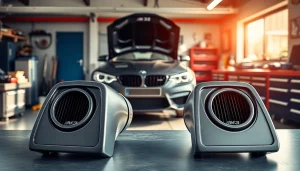
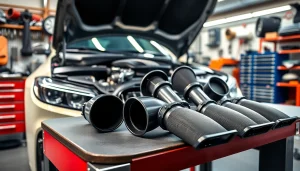





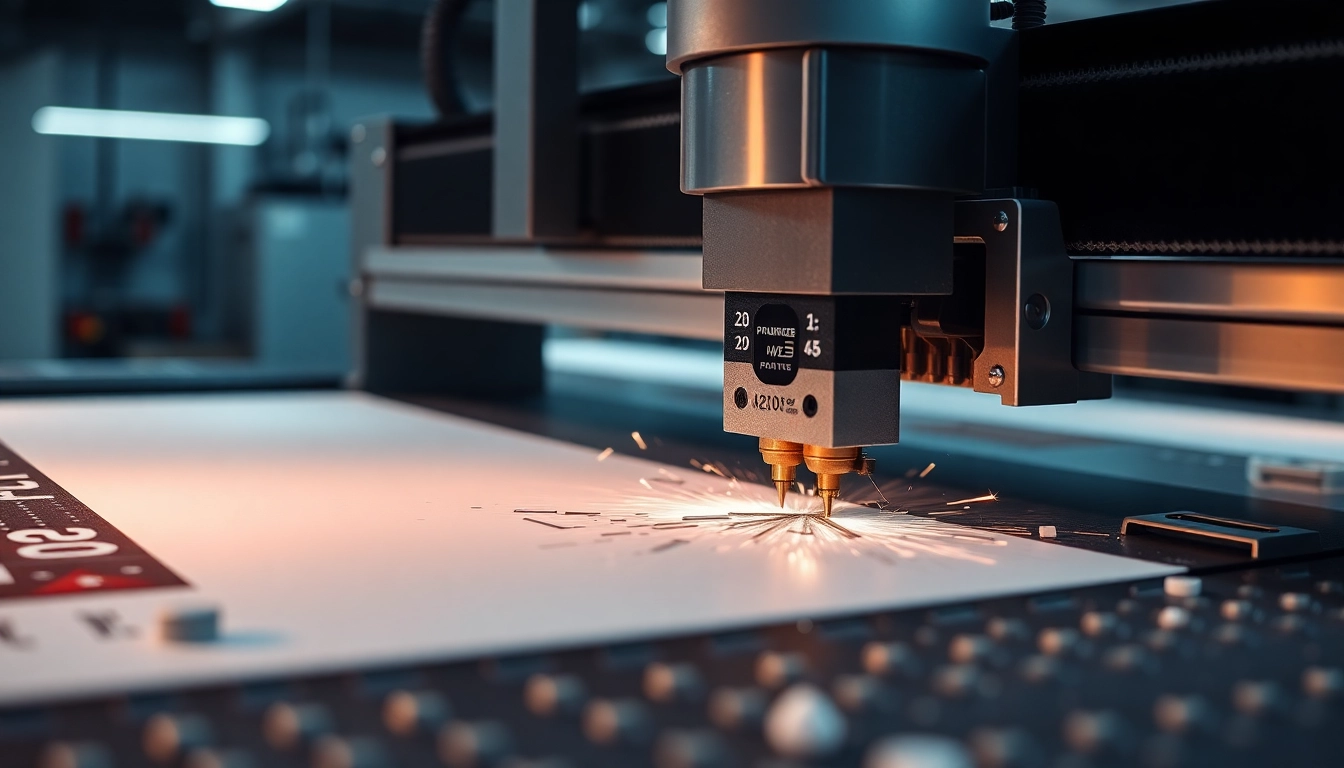

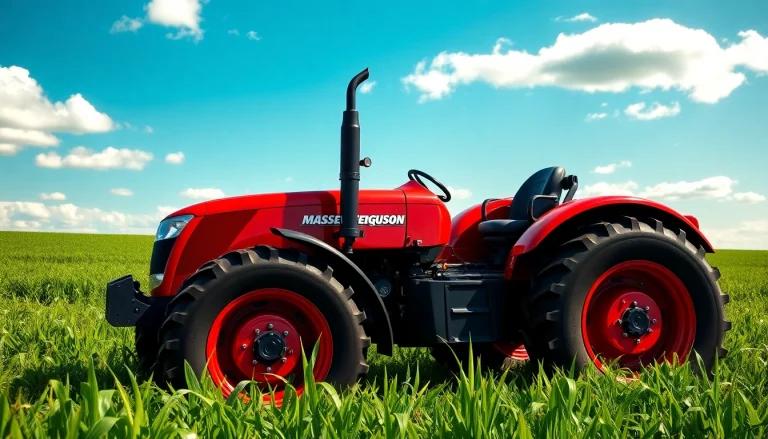
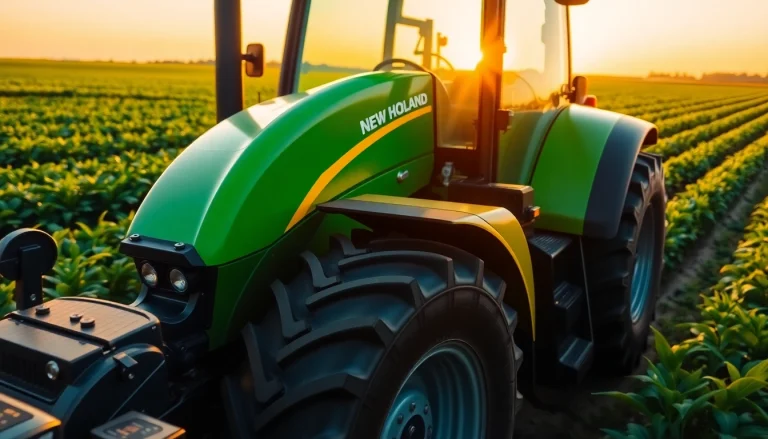

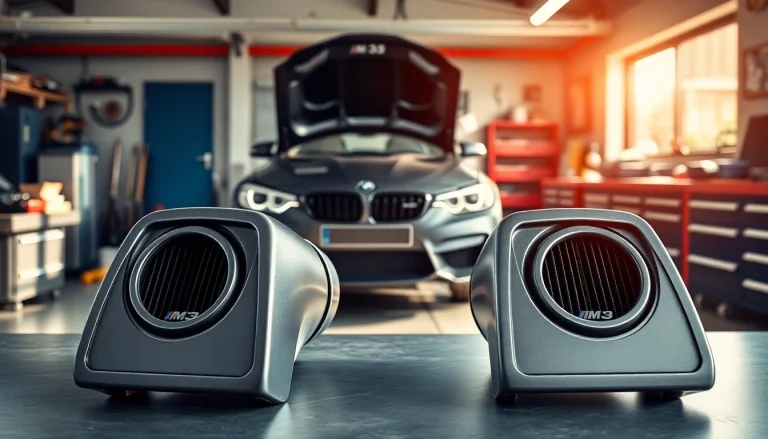
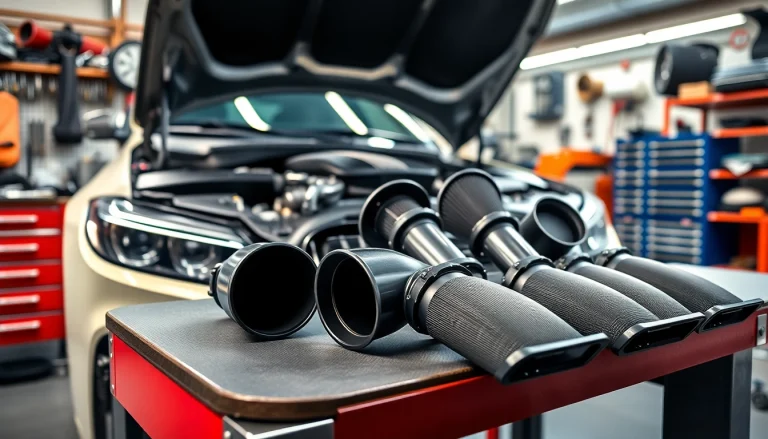







+ There are no comments
Add yours